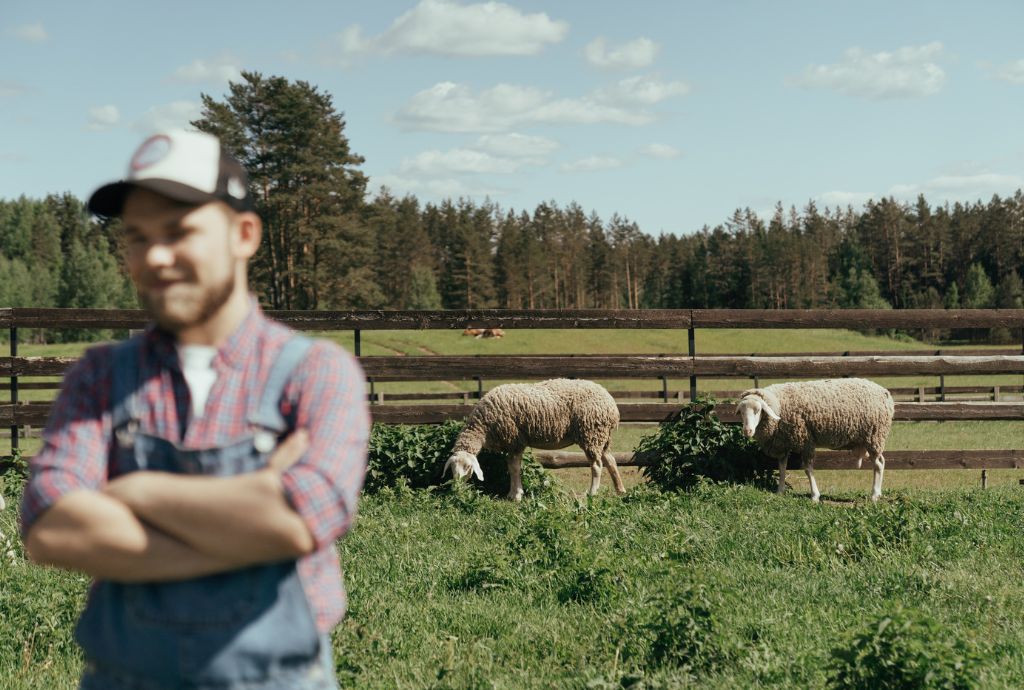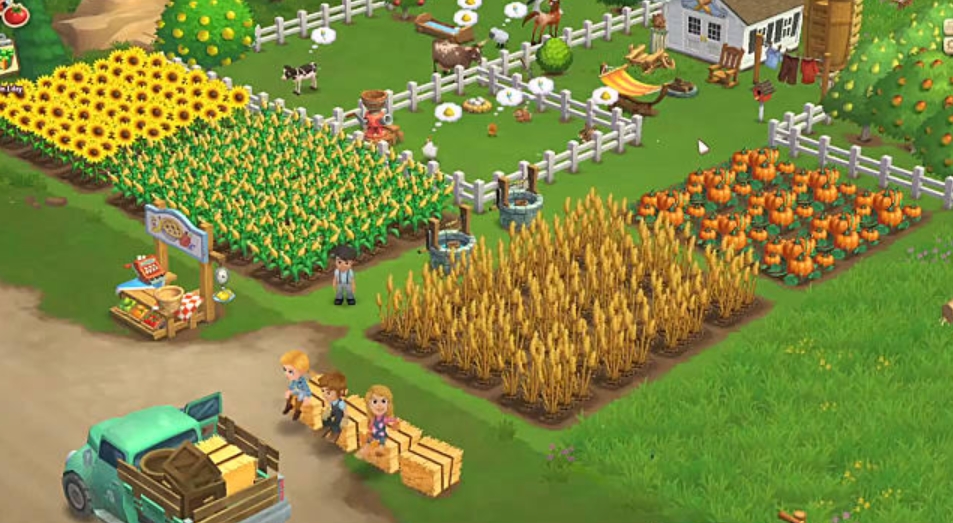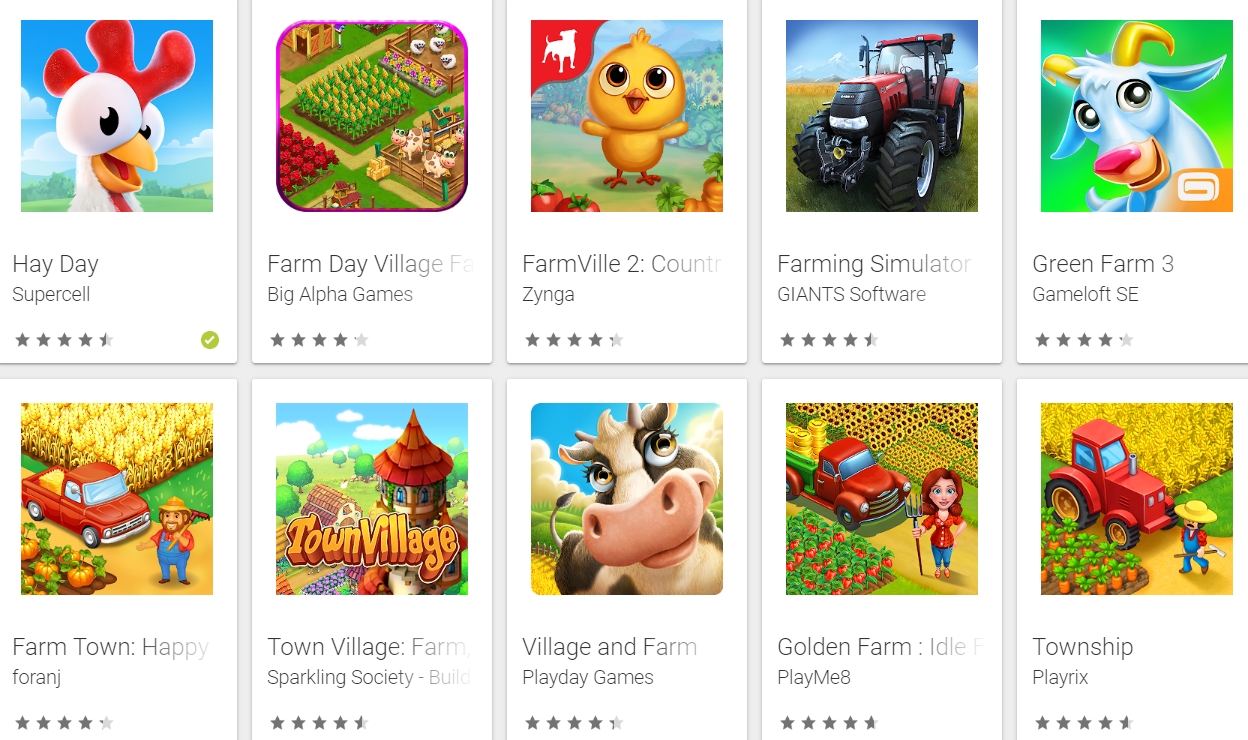
Starting a farming career can be an incredibly fulfilling path, offering the chance to connect with the land, grow nutritious food, and contribute to your community. However, one of the significant barriers many aspiring farmers face is the high cost of entry into agriculture. Land, equipment, seeds, and other essentials can add up quickly, making it seem impossible to start farming with limited financial resources.
Despite these challenges, many successful farmers have started with little to no money. By leveraging creativity, hard work, and strategic planning, you can turn your farming dreams into reality. This guide will explore various methods and strategies to help you embark on your farming journey without a substantial financial investment.
Table of Contents
Finding Affordable or Free Land
Leasing Land Instead of Buying
Acquiring land is one of the most significant hurdles for aspiring farmers. Buying land can be prohibitively expensive, especially in areas with fertile soil and good climate conditions. However, leasing land offers a viable alternative. Many landowners are open to leasing their land for agricultural use, especially if it has been sitting unused. Leasing agreements can be more flexible and affordable, allowing you to start farming without a hefty initial investment. Research local leasing opportunities and approach landowners with a clear proposal of your farming plans.
Exploring Land Share Programs
Another innovative solution to the land problem is participating in land share programs. These programs connect people who have unused land with individuals who want to farm but lack the resources to purchase land. Land share arrangements can vary, from simple agreements to more formal partnerships. This option often provides access to fertile land at little or no cost, making it an excellent choice for those starting with minimal funds.
Starting Small with Urban Farming
Utilizing Small Spaces
Urban farming is an excellent way to begin your agricultural journey without needing extensive land. Many successful urban farmers utilize small plots, rooftops, or even balcony spaces to grow crops. Container gardening, vertical farming, and hydroponics are methods that maximize space usage and yield substantial produce. These approaches are cost-effective and can be scaled up gradually as your farming skills and resources grow.
Community Gardens
Community gardens provide another opportunity to start farming with limited funds. These gardens are usually supported by local governments or non-profit organizations, offering plots to individuals and families to grow their own food. Participating in a community garden allows you to gain hands-on experience, access shared tools and resources, and build connections with other local gardeners. This communal approach can be a stepping stone towards establishing your own farming venture.
Accessing Resources and Tools
Borrowing and Sharing Equipment
Farming equipment can be expensive, but you don’t necessarily need to own all the tools and machinery to get started. Many farming communities have networks for borrowing and sharing equipment. By collaborating with other farmers, you can access the tools you need without the significant upfront costs. Local farming cooperatives and community-supported agriculture (CSA) groups are excellent places to find these resources.
Utilizing Free or Low-Cost Resources
Numerous organizations and government programs offer resources to aspiring farmers at little or no cost. These can include seeds, compost, training programs, and grants specifically aimed at new farmers. Researching and tapping into these resources can significantly reduce your startup costs. Websites like the National Sustainable Agriculture Coalition (NSAC) and local agricultural extension offices provide valuable information on available support.
Building Knowledge and Skills
Taking Advantage of Free Educational Resources
Knowledge is a crucial asset in farming. Fortunately, there are many free educational resources available to help you learn the necessary skills. Online courses, webinars, and workshops offered by agricultural universities, non-profits, and extension services can provide you with a wealth of information. Websites like Coursera, FutureLearn, and local library services often offer free or affordable courses on various farming topics.
Volunteering on Farms
Volunteering on established farms is another excellent way to gain hands-on experience without spending money. Many farms offer volunteer programs or internships in exchange for labor. This arrangement allows you to learn directly from experienced farmers, understand the day-to-day operations of a farm, and build a network within the agricultural community. WWOOF (World Wide Opportunities on Organic Farms) is a well-known organization that connects volunteers with organic farms worldwide.
Creating a Sustainable Business Plan
Developing a Clear Vision and Goals
To succeed in farming, especially with limited funds, having a clear vision and set goals is essential. Outline what you want to achieve with your farm, whether it’s growing organic vegetables, raising livestock, or producing specialty crops. Setting realistic, attainable goals will help guide your actions and decisions, ensuring that each step you take brings you closer to your vision.
Implementing Cost-Effective Practices
Cost-effective farming practices are crucial when starting with little money. Focus on methods that minimize expenses while maximizing productivity. This can include using natural fertilizers, practicing crop rotation, and employing integrated pest management. These sustainable practices not only save money but also promote environmental health, contributing to the long-term success of your farm.
Marketing and Selling Your Produce
Leveraging Social Media and Online Platforms
Marketing your produce effectively can significantly impact your farm’s success. Social media and online platforms offer cost-effective ways to reach potential customers. Create engaging content showcasing your farming journey, the quality of your produce, and the benefits of buying local. Platforms like Facebook, Instagram, and local online marketplaces can help you build a loyal customer base without spending a fortune on advertising.
Participating in Farmers Markets
Farmers markets provide an excellent venue for selling your produce directly to consumers. These markets are often community-centered, attracting customers who value fresh, local products. Participating in farmers markets allows you to interact with customers, receive feedback, and build a reputation within your community. While there may be minimal fees associated with renting a stall, the exposure and direct sales opportunities make it a worthwhile investment.
Focusing on Niche Markets
Specialty Crops and Products
Identifying and focusing on niche markets can set your farm apart and increase profitability. Specialty crops like heirloom vegetables, medicinal herbs, or gourmet mushrooms often command higher prices and face less competition. Researching market trends and consumer preferences can help you identify which niche markets are viable in your area. Producing unique, high-demand products can provide a competitive edge and attract a dedicated customer base.
Value-Added Products
Creating value-added products is another strategy to enhance your farm’s profitability. This involves processing your raw agricultural products into goods that offer additional value, such as jams, sauces, pickles, or dried herbs. Value-added products can be sold at higher prices and appeal to a broader market. Experimenting with small batches initially allows you to test the market without significant financial risk.
Establishing Community Connections

Networking with Local Farmers
Building relationships with local farmers and agricultural organizations can provide support, advice, and opportunities for collaboration. Networking helps you stay informed about local farming practices, market opportunities, and available resources. Joining local farming associations or attending agricultural events can facilitate these connections, fostering a sense of community and shared knowledge.
Engaging with Your Community
Engaging with your local community can strengthen your farm’s presence and support network. Hosting farm tours, workshops, or community events can raise awareness about your farm and its products. Community engagement helps build trust and loyalty among local consumers, creating a supportive customer base that values your contributions to the local food system.
Conclusion
Embarking on a farming journey with limited financial resources may seem daunting, but it is entirely possible with the right strategies and mindset. By finding creative solutions for land acquisition, utilizing available resources, building your knowledge and skills, and engaging with your community, you can successfully start and grow a farm without a substantial initial investment. The key is to remain adaptable, resourceful, and committed to your vision. With determination and hard work, you can turn your dream of becoming a farmer into a thriving reality.



